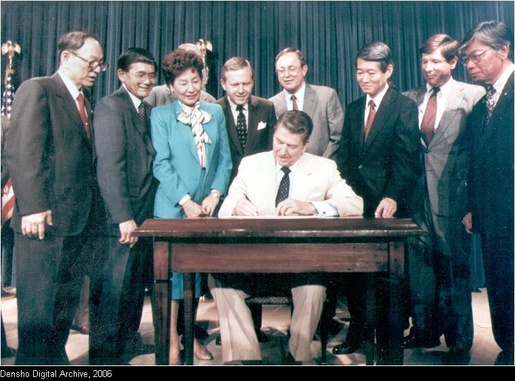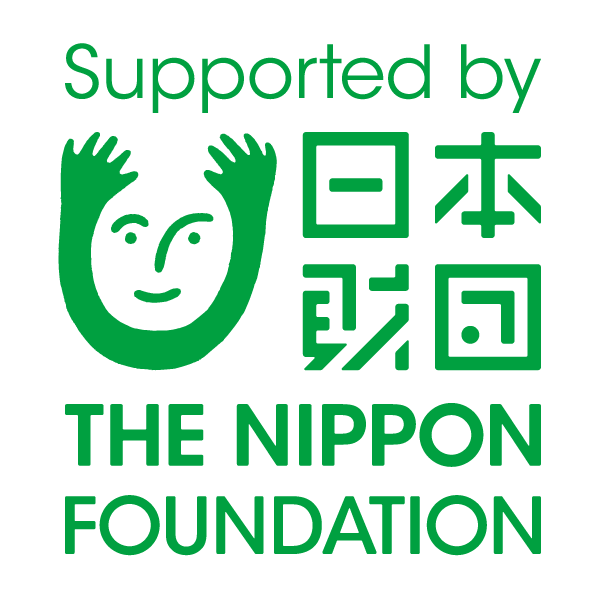

Japanese American History from Early Immigration to Present Time
 nicolemyoung
nicolemyoung
|

|
||
| Licensing | ||
Asian Civil Rights Activism/Redress
November 6th 1962- Daniel K. Inouye of Hawaii becomes the first Japanese American to be elected as a United States senator.
1960s- headed by younger Nisei Sansei Japanese Americans, a series of new Asian American organizations are established.
1968- the first Ethnic Studies program at San Francisco State University is established after a year-long student strike.
1970s- Plans for Redress begin to emerge: In San Francisco, the JACL National Committee for Redress is formed. In Seattle, the National Council for Japanese American Redress. In Los Angeles, the Little Tokyo People’s Rights Organization, Los Angeles Community Coalition for Redress and Reparations, and the National Coalition for Redress and Reparations (NCRR).
1978- National JACL met with 4 Nikkei Congressional Legislature: Senators Inouye and Matsunaga of Hawaii, and Representatives Mineta and Matsui of California. After a long discussion, Senator Inouye suggested establishing a commission to study internment.
July 31st 1980- the Commission on Wartime Relocation and Internment of Civilians (CWRIC) was established. There were many hearings held in major cities such as Los Angeles, and many former internees testified in emotional testimony.
August 10th 1988- Civil Liberties Act of 1988 was signed into law by President Reagan and the law included:
· A formal government apology to all those incarcerated.
· $20,000 individual payments, provided they were living when the Civil Liberties Act of 1988 was signed into law.
· Establish $1.25 million Civil Liberties Fund (later increased to $50 million)
· Entitlement of $1.5 billion began in October, 1990.
Based on this original

|
Civil Liberties Act of 1988 - Victory! |
 Japanese American History from Early Immigration to Present Time
Japanese American History from Early Immigration to Present Time
 Journal feed
Journal feed
